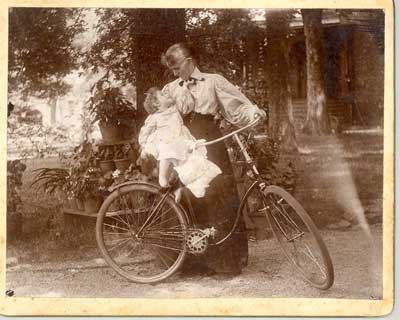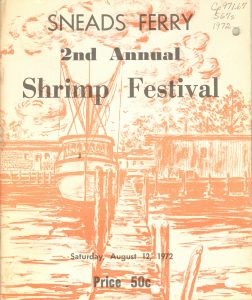Iron lung — what a name. The recent reissue of “Breath: Life in the Rhythm of an Iron Lung” by Martha Mason made me wonder about other surviving iron lungs. This one sure has a curious provenance.
Even at the height of the polio epidemic, why would a “Charlotte Lifesaving Crew” need an iron lung? And why would it have wound up at the Mecklenburg Hotel?
Here’s what Anne Anderson, curator of East Carolina University’s Country Doctor Museum in Bailey, has to offer:
“It is unclear how the Mecklenburg Hotel came to possess the iron lung. It was gifted to the Museum in 1998. [The hotel closed in 1975.] I believe the “Charlotte Life Saving Crew” refers not to Charlotte, N.C., but to the Charlotte Life Saving Station on Lake Ontario near Rochester, N.Y. This station was eventually taken over by the U.S. Coast Guard, and a history of the station indicates they had mobile life saving equipment at the facility. Perhaps this included the iron lung, as these respirators were known to help regulate the breathing of divers and rescue victims….
“Hand-written notes made on adhesive bandages on the exterior of the iron lung lead me to think it might have been used in a hospital setting at some point. [One message reads], ‘Please leave the light off at all times unless needed for treatment or observation.’
“Many of our older guests recognize the iron lung right away and will share stories with us about their personal, or a loved one’s, experience with polio. Alternatively, many of our youngest guests (school children) have never heard of polio and guess the iron lung is a washing machine or a tanning bed.”


